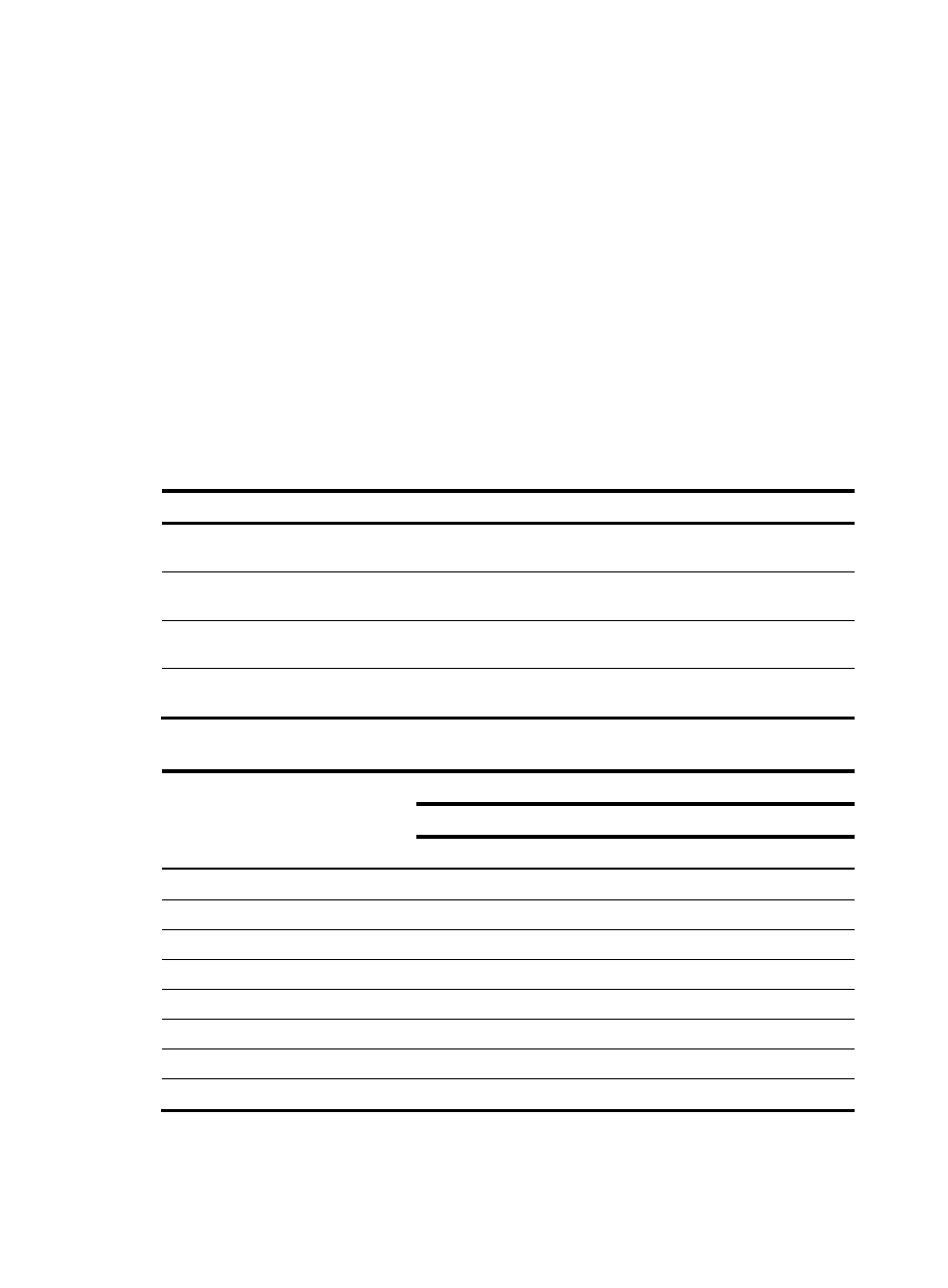Itu-t digital line signaling – H3C Technologies H3C MSR 5600 User Manual
Page 45

35
R2 signaling include two categories: digital line signaling and interregister signaling. Digital line
signaling conveys status information about E1 trunks to describe whether the trunks are seized, released,
or blocked. Interregister signaling transmits and requests calling and called numbers.
ITU-T digital line signaling
Digital line signaling monitors the state of a trunk and controls calls. It can identify the following state
changes:
•
The calling party goes off-hook and seizes the line.
•
The called party goes off-hook and answers the call.
•
The calling party releases the call.
•
The called party releases the call.
Digital line signaling sets the line to be idle or seized according to the state of the trunk. This signaling
is transmitted through timeslot 16. The two transmission directions of each line have four bits (A, B, C and
D) as flag bits, with C and D bits fixed to 01. The forward line signaling adopts a
f
and b
f
bits, and the
backward line signaling adopts a
b
and b
b
bits, as shown in
:
Table 2 Line signaling bit description
Bit
Description
Value = 0
Value = 1
a
f
Identifies the state of the originating device and
indicates the state of the calling line.
Off-hook, seized
On-hook (idle)
b
f
Indicates a fault state from the originating side to
the terminating side.
Normal Faulty
a
b
Indicates the state of the called line (on-hook or
off-hook).
Off-hook by called
party
On-hook by called party
b
b
Indicates the state of the terminating device (idle
or seized).
Idle
Seized or blocked
Table 3 State code of line signaling
State of the circuit
Signaling code
Forward Backward
a
f
b
f
a
b
b
b
Idle or release
1
0
1
0
Seized
0 0 1 0
Seizure-ack
0 0 1 1
Answer
0 0 0 1
Clear-back
0 0 1 1
Clear-forward 1
0
0/1
1
Blocked
1 0 1 1
Unblocked
1 0 1 0
R2 digital line signaling exchange includes the following processes:
•
Call establishment.
